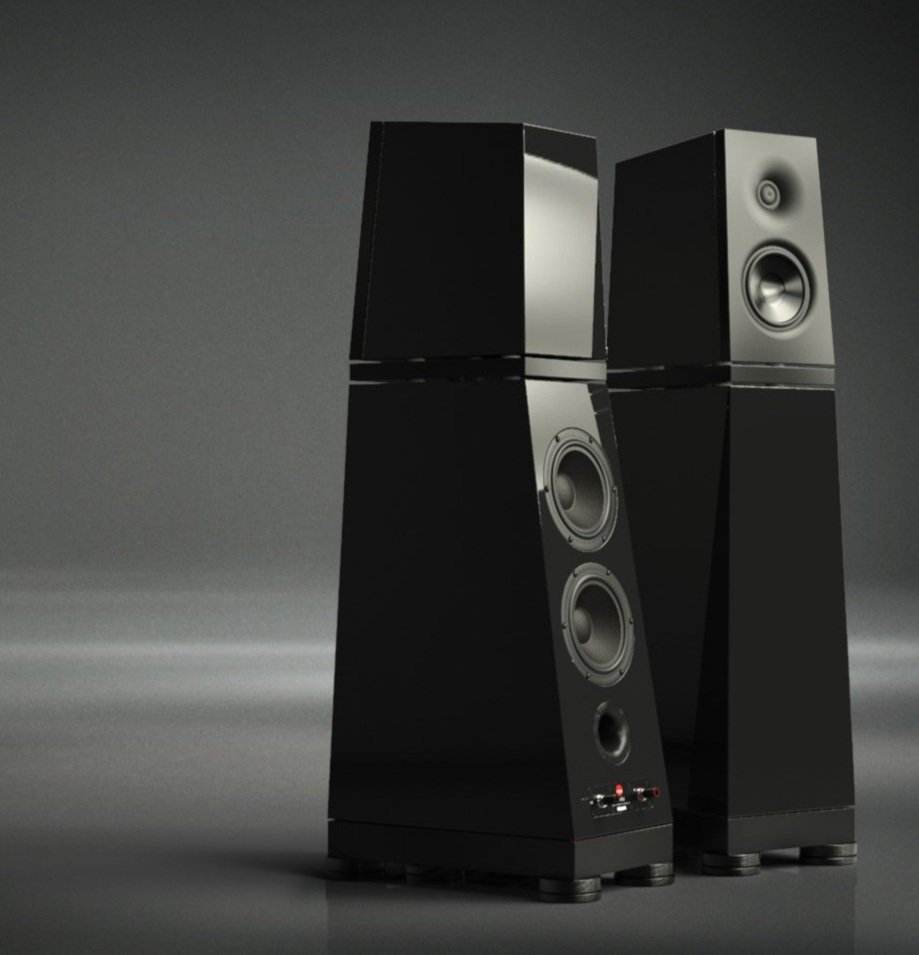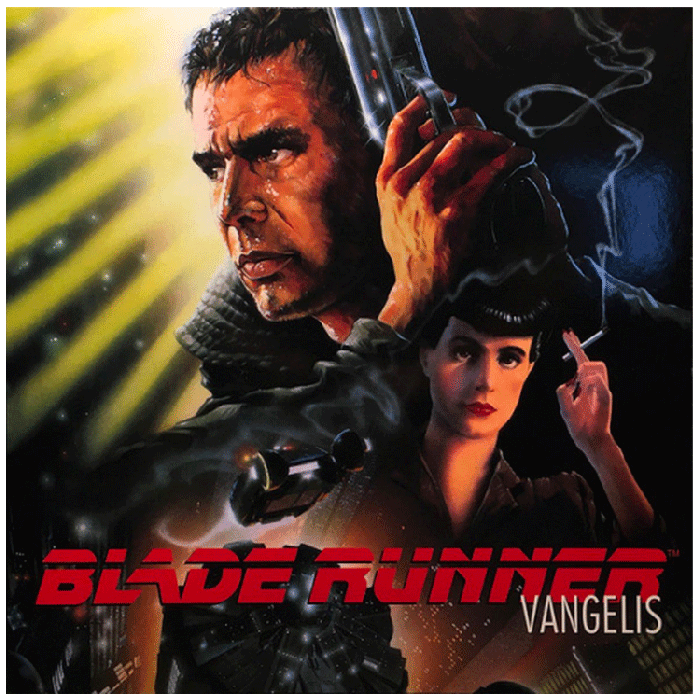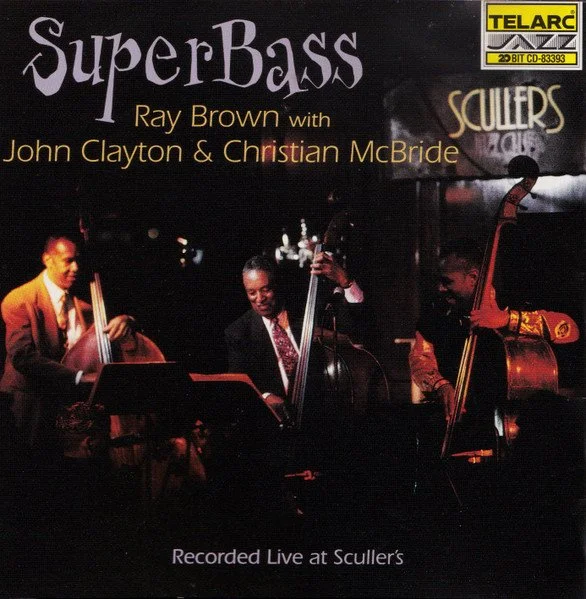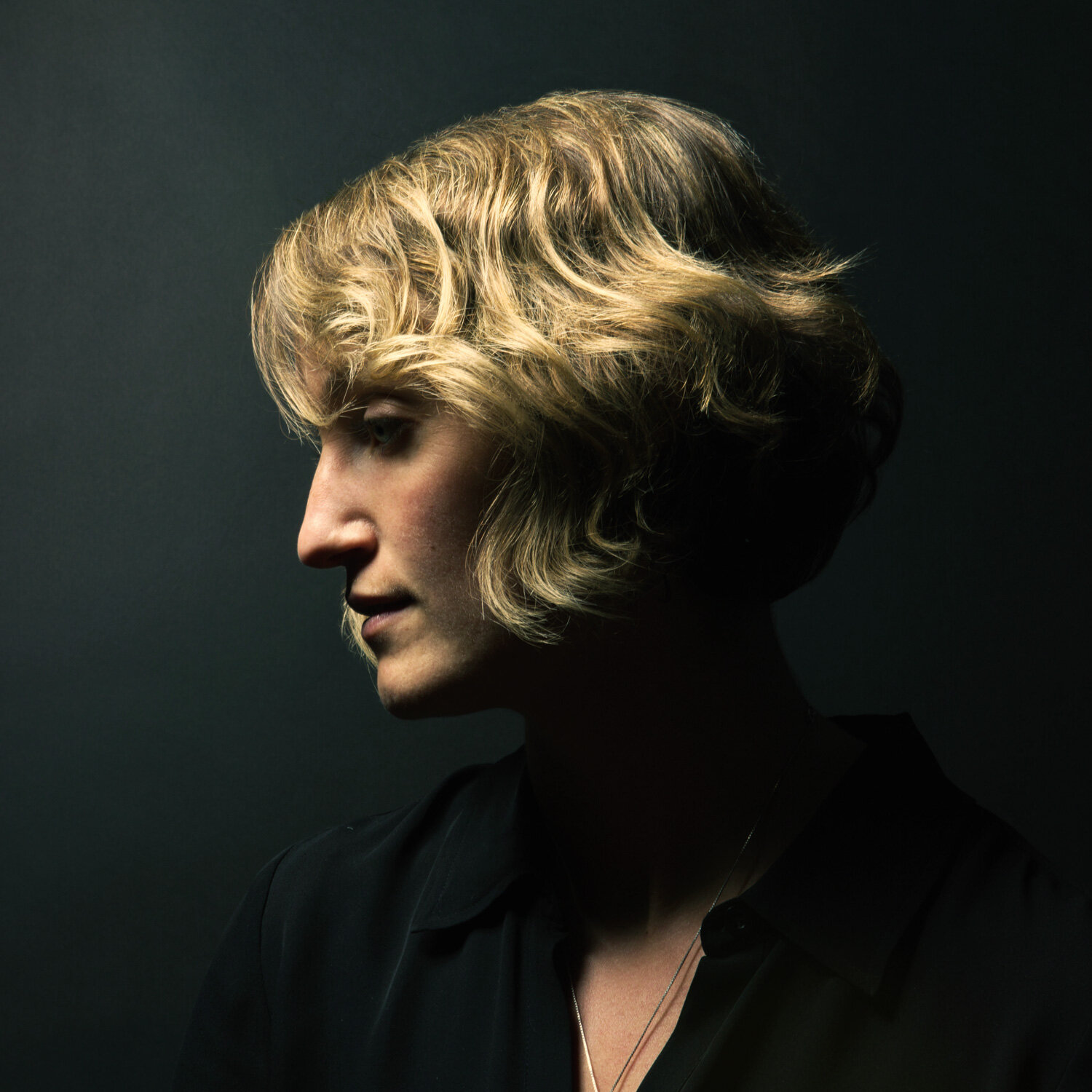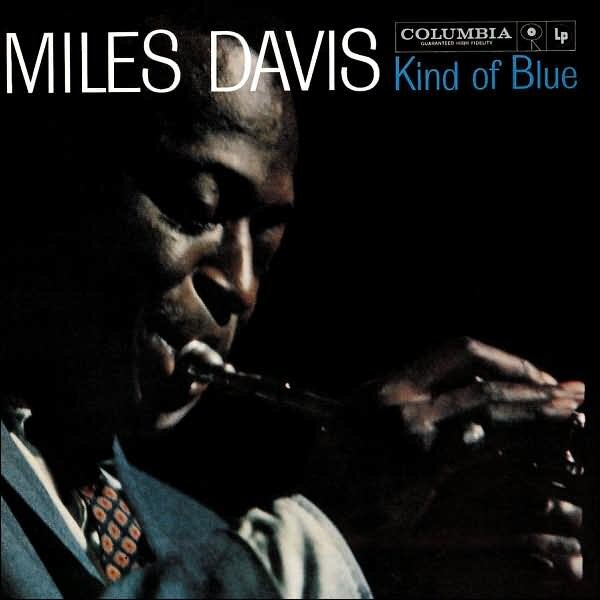VERITY AUDIO OTELLO - REVIEW
VERITY AUDIO OTELLO
It is said that our aural memory or “aural perspective” is quite short, and when we attempt to recall it, quite inexact and perhaps even fanciful. And while this may well be true in general, the emotion tied to a given aural event, I believe, can certainly conjure the sound and the feeling, regardless of how long ago and far away the memory.
My memories of Verity’s earlier speakers—Fidelio and the original Parsifal—conjure an experience wherein both speakers brought the music so close, so real-to-life, so textural and palpable as to be unforgettable. I owned the Fidelio speakers and for the time I spent listening to the Parsifals, perhaps I should have owned them as well. Cars, however, very nice cars, got in the way for a moment.
This brief introduction brings me to the review of the Verity Audio Otello, a sibling to its brothers—the Parsifal and the Arindal. The question of the moment, however, is how does the Otello measure up to its brethren and the speakers currently in-house?
REFRAIN: Unlike most reviews, this review will be non-sequential, as it will start, below, with how the equipment actually sounds and not the process of physically “undressing” it and/or laying out its various parts, specifications, etc. Think of this review then, as a non-linear movie—Memento, Kill Bill, Arrival, Eternal Sunshine of the Spotless Mind, The Terminator, In the Shadow of the Moon, The Queen’s Gambit, etc—that, likewise, starts at the end and winds its way to the beginning.
The SETUP
My listening room’s dimensions are 15 feet (4.57 m) by 30 feet (9.14 m). My system is placed along the short wall. The left side of the room is open, while on the right side there are two very large, double-paned windows, with very effective (sound- defusing/absorbing) blinds. The floors are hardwood, the external walls are concrete, covered by large rugs with underpadding, and the internal walls are the robust ‘1960s-era build found in high-rise buildings. All one has to do is walk in to understand the solidity and the quiet.
The Verity Otellos are easy to set up and will take but a little time to position and then to set them atop their “speaker plinths.” I reviewed the instruction manual for the Otello and then went on my own experience for their setup. In the end, the Otellos were nine feet apart, three feet from the back wall, and facing forward with no toe-in.
The SYSTEM
The system that put the Verity Otello through its paces was comprised of our top reference components that are award-winners in every category, from streamer to amplification to cables to power. That system was composed of the following:
Grimm Audio MU1 Streamer
Bricasti Design M1 Special Edition DAC
Mola Mola Tambaqui DAC
Silent Angel Bonn NX Network Switch (review coming)
Silent Angel Genesis GX Clock (review coming)
Audionet PRE G2 Preamplifier
Audionet AMP Monoblock Amplifiers
LYRIC Ti 100 Single-Ended Integrated (review coming)
Tri-Art OPEN 5 Loudspeakers
Vivid Audio Kaya 45s
Audience FrontRow Interconnects (XLR), USB, Ethernet
RSX BEYOND, MAX Power-cords
TORUS AUDIO AVR ELITE power conditioner (review coming)
THE Sound
“Perspective. Use it or lose it.” There were two other speakers in-house for review while the Verity Otello was here. And each speaker—Tri-Art OPEN 5, Vivid Audio Kaya 45s—sported a vastly different voice. In comparison, a speaker’s prior strength would either be diminished or improved relative to one of the other speakers and there was little subtlety in those subjective aural “measurements.” The overall review process as a result of analyzing these three quite different speakers, would result in raising the bar for any subsequent product to qualify for any award.
The Verity Otellos are very energetic/dynamic and the soundstage is wide, fairly deep, though in relation to the Tri-Art OPEN 5s and the Vivid Audio Kaya 45s, more shallow than both. And when it comes to choral or live music, it exhibits a constriction with regard to the depth of the performance, which tends to place performers along a relatively narrow band. This results in choral and live presentations via the Otello as not optimally reproduced or realized or convincing.
The Otello possesses a weight and gravitas that provide for a well-structured foundation across the entire frequency range, and that pays dividends with regard to the midrange. The Otello facilitates a near in-room experience with vocalists and instrumentalists via a midrange centre-fill that can suspend disbelief in the reproduction of a performance in favour of its in-room manifestation.
Further, there is a transparency and resolution that together unearth details which bring to life one 40-year-old soundtrack—Bladerunner—which, in this case, transports me to the movie theatre where the epic sci-fi film noir—Bladerunner—was first seen. The Otellos, in this sense, have conjured a memory that plays out for me across the soundtrack. I have heard this soundtrack many times before, but have never been so moved.
The relatively diminutive Verity Otellos perform a very convincing disappearing act, though again, the OPEN 5s and the Kaya 45 were better still in, well, disappearing.
BASS
Ray Brown, John Clayton, and Christian McBride’s “Centerpiece” (SuperBass, Telarc) is playing now and the stage is wide, though not OPEN 5 or Vivid Audio Kaya 45 wide, but nonetheless, it reaches from just outside of the right speaker to just outside of the left speaker. The stage is deeply set and centre fill is very good.
The piece finds bassists Christian McBride stage far right, Ray Brown centre stage, and John Clayton stage far right: the separation is distinct and their various instruments transparent, resolved, articulate via the Verity Otello. Yet the Vivid Audio Kaya 45 brings, well, more in every single respect. And while the Otello extends a hearty and firm foundational bass far above the abilities of the Tri-Art OPEN 5 speakers, the Vivid Audio Kaya 45s are better still. Tone and timbre are natural and there is a reach out and touch tactile palpability that attaches itself to the various representations of the three bassists.
MIDRANGE
Joan Shelly’s eponymous album plays “We’d Be Home Now” (Joan Shelly, No Quarter Records) and finds Joan’s voice centered, textured, wonderfully palpable, almost in-room and real, and Nathan Salsburg on guitar stage left. There is a familiar reach out and touch palpability conjured beautifully, no doubt, by the interplay of the “soft neo ring dome tweeter, the doped polypropylene midrange, and the edge coated reed/paper pulp cone woofer.” Brilliant.
Choral or the stage for its reproduction, as mentioned earlier, is noticeably constricted via the Verity Otello and lies across a very narrow front to back plane. Though in truth this is the effective or default capability for the vast majority of speakers, both closed and open, which are generally unable to accurately or convincingly reproduce choral or live music. If these are not genres/styles of music on your list, then you will be well served by the Verity Otello.
TREBLE+
Treble heights are scaled easily and beautifully by the Otellos and there is no diminishment, no harshness, no shrill or truncated notes, just “The facts Ma’am,” of the performance. Tone and timbre at these elevated treble heights adhere naturally to their instrumental progenitors with a texture that again places them in-room. The overall treble presentation is delicate, refined, sweetly beautiful, and highly resolved.
As “Rachel’s Song” (Bladerunner, East West UK) plays, it is both grounded and ethereal and the Otellos capture the dichotomy beautifully. There is no doubt that the Otellos have recreated the in-theatre experience of Bladerunner across the frequency spectrum in their relay of not only sound information but sight and feeling as well. Interesting.
As Miles Davis’ Kind of Blue (Columbia) plays, there is an immediacy and clarity that is quite good. As “Freddie Freeloader, Blue in Green, All Blues,” follows musical pieces across the album, the horns, the piano, the various cymbals are all alive and dimensional, in their given spatial segment across the stage, at depth and well resolved for this studio recording.
DESIGN, LOOK & FEEL
The Verity Otello maintains the classic lines and volumes of a box speaker that gives the nod to traditional speaker design. In their Makore wood finish, they are eye-catching and quite beautiful. They are also of medium height and weight. The Otellos sit on two robust “speaker plinths” with adjustable feet for levelling the speakers. All in all, they are a beautifully designed speaker.
CONCLUSION
The Verity Otello is without doubt a very accomplished speaker, able to facilitate one’s “suspension of disbelief” when listening to a variety of music via its transparency and resolution, its ability to unearth detail, and its way with dynamics, space, and texture.
Its failings are slight and, dare I say, universal, as they are shared by the vast majority of closed-box speakers and many open-baffle speakers as well, which do not excel at the reproduction of choral and live music and creating the most open, detailed, and ambient-rich space for their rendering.
That said, the Verity Otellos are nonetheless deserving of our HIGH NINES award for their remarkable way with vocals, which time and again brings performers into one’s listening space, a treble that extends nicely and sweetly, with no ill effects and a bass response that consistently provides a firm foundation for the music.
Pros: Exceptional midrange, very good highs, and good bass response.
Cons:
THE SPECIFICATIONS
Verity Otello
Bandwidth: 30 Hz to 50 kHz +/- 3dB
Woofer: 2 x 7-inch edge coated reed/paper pulp cone
Midrange: 5-inch mineral-filled polypropylene cone with 2-inch symmetrical-drive voice-coil
Tweeter1 : 1-inch ring-dome Power handling: 100 watts music power
Efficiency: 93 dB @ 1w @ 1 m
Impedance: 8 Ω nominal, 3.8 Ω minimum
Break-in time: 75 hours (63%), 400 hours (99%)
H x W x D: 43.6 x 10.9 x 18.6” (110.7 x 27.6 x 47.2 cm )
Weight: 150 lbs (75 kg) /pair 190 lbs (86 kg) packed / pair
THE SYSTEM
1.
Grimm Audio MU1
Silent Angel Bonn NX Pro Network Switch
Silent Angel Genesis GX Clock
Mola Mola Tambaqui
Bricasti Design M1SE
Lyric Ti 100 SET (Single-Ended-Triode) Integrated
Vivid Audio Kaya 45 Speakers
Kubala Sosna Wires/Cables
RSX Power Cords
Seismion Electrified Amp Stand
THE COMPANY
VERITY AUDIO
Otello Speakers $19,995
https://verityaudio.com/
1005, Saint-Jean-Baptiste Ave
Suite 150
Quebec (Quebec)
G2E 5L1 CANADA
Telephone: 418 682-9940
Fax: 418 682-8644
Email: info@verityaudio.com
